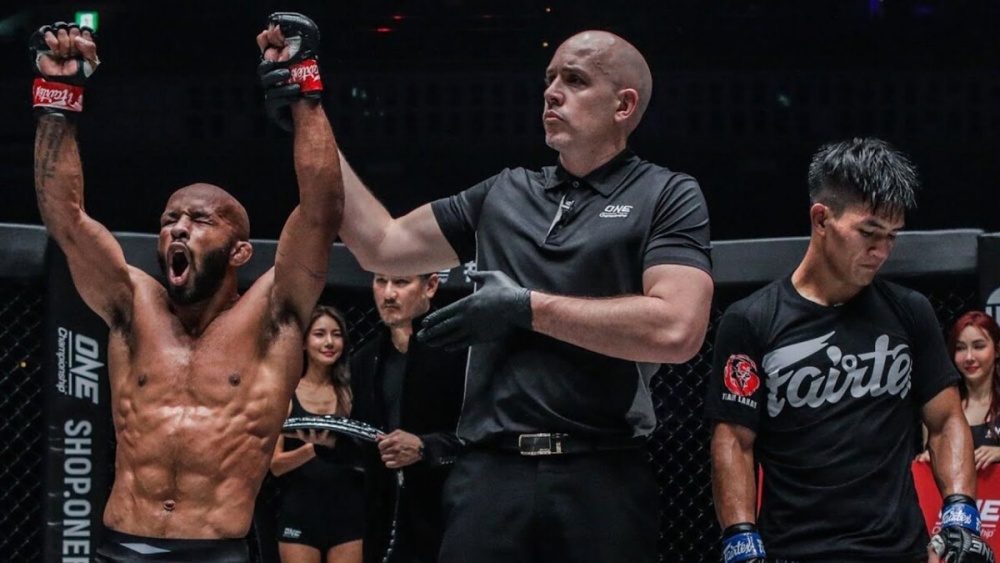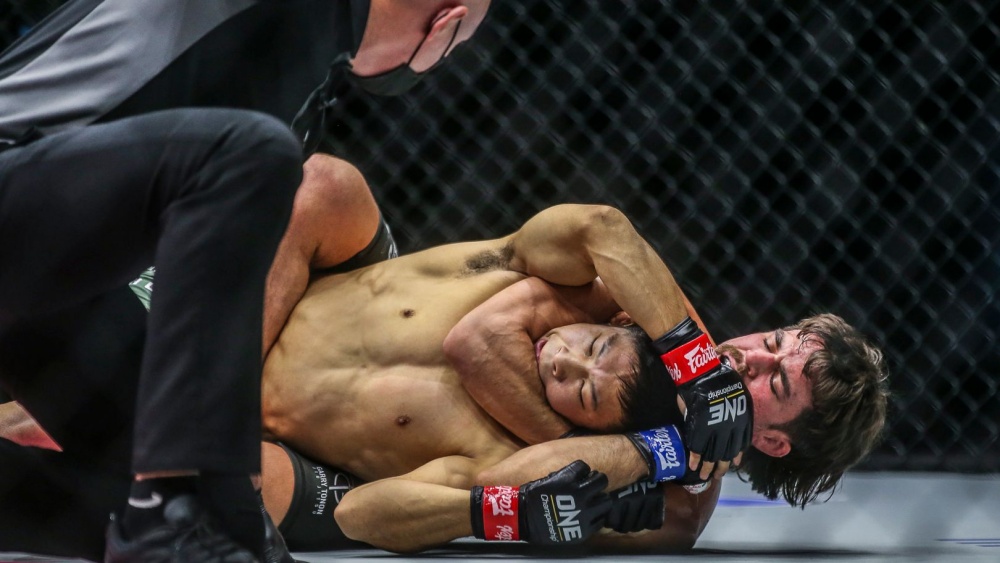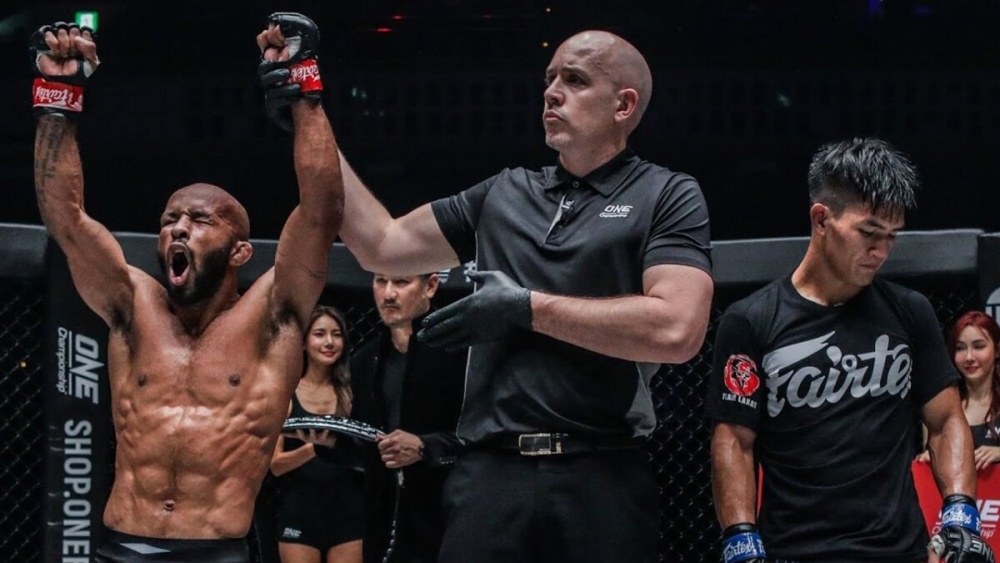Understanding MMA Rules And Scoring System

Guest post by Evolve MMA, Asia’s premier championship brand for martial arts. It has the most number of World Champions on the planet. Named as the #1 ranked martial arts organization in Asia by CNN, Yahoo! Sports, FOX Sports, Evolve MMA is the top rated MMA gym in Singapore.
Mixed martial arts (MMA) has come a long way since the sport was developed a few decades ago. The first four Ultimate Fighting Championship (UFC) events were nothing like what modern MMA fans are used to. There were no rounds or time limits, and pretty much everything you could think of was allowed.
There’s a reason the sport was first known as no-holds-barred fighting.
While many fans gravitated towards the new sport that allowed martial artists from different fighting backgrounds to compete against one another, athletic commissions and politicians weren’t very fond of it.
Former U.S. presidential candidate and Senator, the late John McCain, famously described MMA as “human cockfighting.” To become a more mainstream sport, MMA had to evolve into something more regulated.
The Unified Rules Of MMA

MMA has had a few sets of rules that attained some prominence in the last decade. Shooto rules led to the use of padded gloves, and PRIDE Fighting Championships also had its unique set of rules. Promotions like ONE Championship use a mixed set of rules (coined as Global MMA Rule Set). However, the Unified Rules of MMA has emerged as the most popular standard.
It was popularized by the Ultimate Fighting Championship, and it’s used by all athletic commissions in the U.S. It’s a set of rules that focuses on fighters safely without compromising on entertainment.
There Are 10 Different Ways A Fight Can End Under The Unified MMA Rules:
- Decision: A fighter wins by decision when the time allotted for the fight runs out. Three judges score the fight on a round-by-round basis and tally up the numbers to declare a winner. ONE Championship uses hybrid rules that include 5-minutes rounds like the unified MMA rules, but fights are judged in their entirety, not on a round-by-round basis.
- Knockout: A knockout occurs when a fighter is rendered unconscious or unable to defend themselves due to strikes.
- Technical Knockout: A technical knockout is declared when the referee stops the fight due to one fighter being unable to intelligently defend themselves.
- Submission: A submission occurs when a fighter verbally or physically submits. The most common way to signify submission is by tapping the hands a few times, but it can also be done with the feet.
- Technical Submission: A referee can step in to save a fighter who has been rendered unconscious due to a choke or is in danger of having a limb significantly damaged by a joint lock. A technical submission might also be declared if a fighter has been severely injured by a joint lock.
- Doctor Stoppage: The ringside doctor that is overseeing an MMA match can declare a contest over if one participant has been severely cut open. The doctor typically calls the fight if the injury prevents the fighter from being able to defend themselves.
- Retirement: A fighter can decide to retire at any point in a fight if they decide they can no longer continue. This typically occurs between rounds.
- Disqualification: A fighter might be disqualified from a contest for repeatedly breaking a rule or throwing an illegal strike. The severity of the infraction and the other fighter’s ability to recover typically determines if the offender is disqualified. Lesser infractions can be punished by taking points away.
- No Contest: If a fighter is unable to continue fighting due to an illegal blow, the fight might be declared a no-contest if the referee doesn’t think the infraction is severe enough to warrant a disqualification.
- Technical Decision: A technical decision might be called if one fighter is unable to continue fighting due to an illegal strike that occurs during the third or championship rounds of a fight. The judges’ scorecards up to that point are used to declare the winner.
Unified MMA Rules Scoring System

The unified MMA rules uses a 10-point scoring system to score fights. Each fight is scored by three judges who score each round individually. That is a huge contrast from ONE Championship’s global MMA rules which requires judges to score the entire fight as a whole.
The winner of each round is given 10 points, while the loser gets 9. The judges are also allowed to score rounds as a draw if there is no clear winner. In this case, both fighters would receive 10 points. Unfortunately, MMA judges tend to be reluctant to score rounds as draws. That sometimes leads to some rather controversial cards.
The loser of a round sometimes only gets eight points, if they spent most of the round getting dominated. That includes almost getting finished. If a fight goes the distance, the scores from all the rounds are tallied to determine the winner.
Here’s are the four main criteria judges look at when scoring fights under the unified MMA rules:
- Effective Striking: This refers to how many legal strikes one fighter lands on another. Power strikes and knockdowns count more than jabs. The more damage a strike does the more it factors when scoring a round.
- Effective Grappling: This term refers to how well a fighter uses their grappling skills to dominate opponents. Takedowns are factored when the fighter on top can get some offense going with it. During the earlier days of MMA, takedowns were scored on their own, allowing for strategies like lay-and-pray. Adjustments to the unified rules now require fighters to be offensive with their top control to score points. Referees are allowed to stand up fighters if they feel the top fighter is stalling.
- Effective Aggressive: This refers to how aggressively a fighter attacks their opponent as they attempt to stop the fight. Judges are only meant to use this criterion if they are unable to score a round based on the two criteria listed above.
- Fighting Area Control: This refers to how well a fighter controls the pace of the fight. As is the case with effective aggression, this criterion is only used when the judge is unable to score the fight using any of the criteria above.
It Keeps Improving
The unified rules for MMA are far from perfect, but they lay out the foundation for modern MMA. Improvements like restarting fights on the feet when ground fighting stalls out have made the sport more entertaining. These rules will keep changing as the sport grows and reaches a wider audience.






